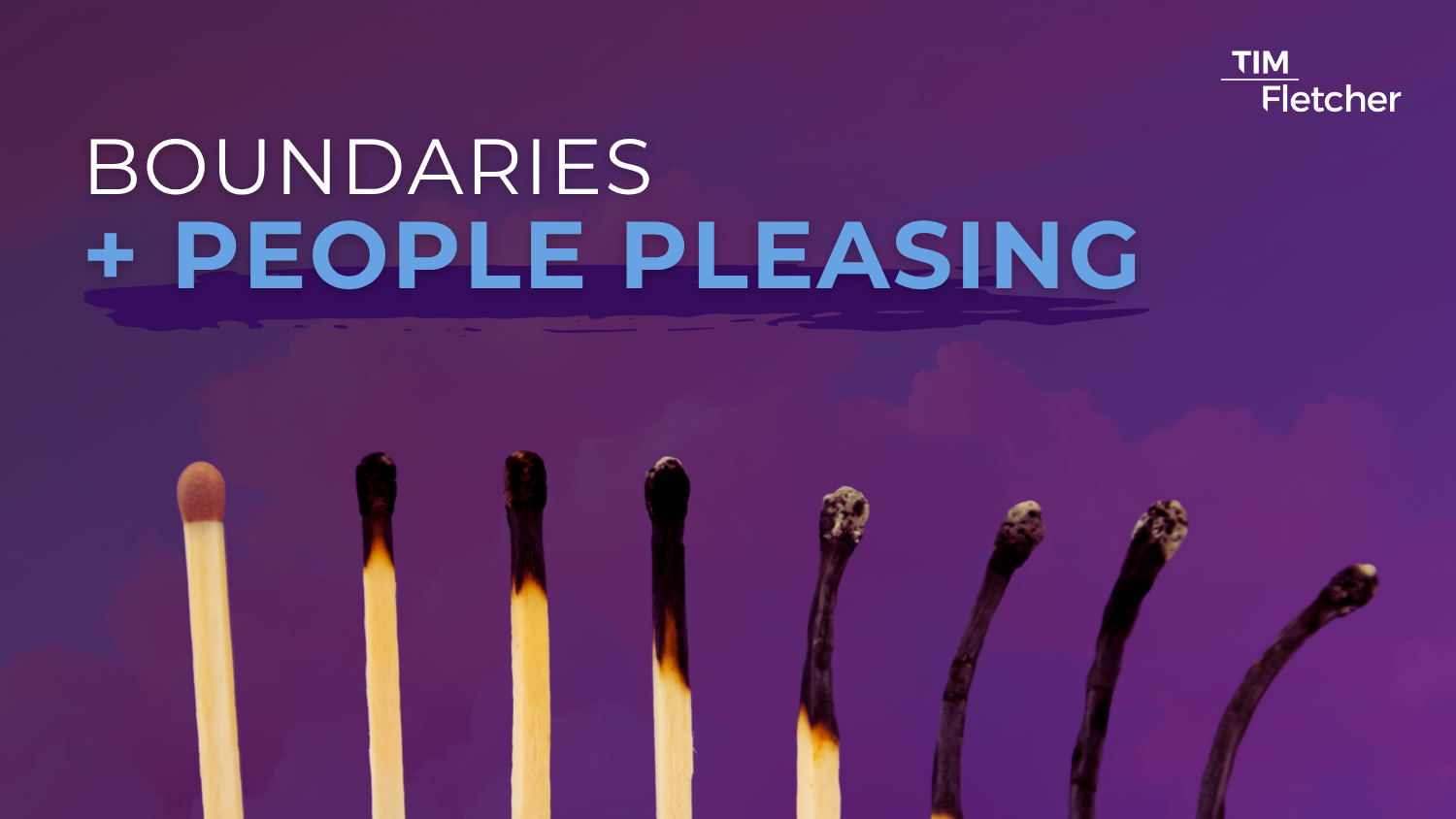Why Stillness Rewires Your Nervous System | Healing Complex Trauma
In a world of constant connection, multitasking feels inevitable. The drive to build a purposeful life is healthy—until it becomes a way to outrun the quiet voice inside you.
Tim explains emotional depletion and why it’s essential to recognize the toll it takes on your well-being. Watch the video here
For many, this voice whispers in the language of shame and guilt, especially if you grew up in a high-conflict home where your worth was tied to what you did, not who you were. Complex trauma symptoms often manifest as this relentless inner critic, louder in stillness than in motion.
At first glance, the voice seems to accuse: "You’re failing. Rest is laziness." No wonder we avoid listening. Slowing down means facing the past we’ve worked so hard to escape.
But this voice isn’t your enemy—it’s your body’s cry for help.
When Your Nervous System Can’t Keep Up
Your sympathetic nervous system (fight/flight/freeze/fawn) keeps you in survival mode: heart racing, breath shallow, muscles tense. Meanwhile, your parasympathetic nervous system—responsible for rest, healing, and digestion—gets drowned out.
Like a machine left running nonstop, your body will break. Athletes will develop injuries or collapse from overtraining; burnout triggers chronic pain, addiction, and mood disorders. Complex trauma compounds this cycle, trapping you in a loop of dysregulation.
Healing Begins in the Pause
Unprocessed emotions and trauma are the voice speaking in the moments of pause—not to accuse you, but to beg you to do the inner work needed to set them free. Emotions from your whole life are still present inside you and will continue to take up space until you provide a safe place for them to be heard and validated. It’s time to confront the shame and false accusations and set yourself free from their grip. This kind of healing can only happen when the parasympathetic system is activated.
The only way to get into the parasympathetic is to be still and to be present.
Silence isn’t emptiness; it’s an invitation to your inner sanctuary. Here, your mind and body can recover, just as muscles repair during sleep. You don’t need to earn this peace. It’s yours by right of being human.
Questions to Guide Your Stillness
- Who or what drains my energy?
- What truly restores me?
(This work is messy. Lean on a therapist, coach, or safe friend.)
As you listen, your body releases the tension of carrying the past. Notice when survival mode creeps back—then return to calm, intentionally.
Recovery isn’t about erasing trauma; it’s about rhythms that reconnect you to yourself. When shame’s thorns loosen, you finally bloom.
Additional Resources to Support Your Journey
You don’t have to navigate this path alone. Explore these resources designed to support and empower you:
- ALIGN Courses: Practical, self-paced, trauma-informed tools to help you navigate recovery with clarity and confidence.
- Article: Read “Why Healing Your Relationship With Your Body Is the Key to Healing Everything Else | Complex Trauma” for actionable insights into overcoming trauma’s long-lasting effects.
Healing is a journey of self-discovery and empowerment. You don’t have to walk it alone. Let’s take the first step together































